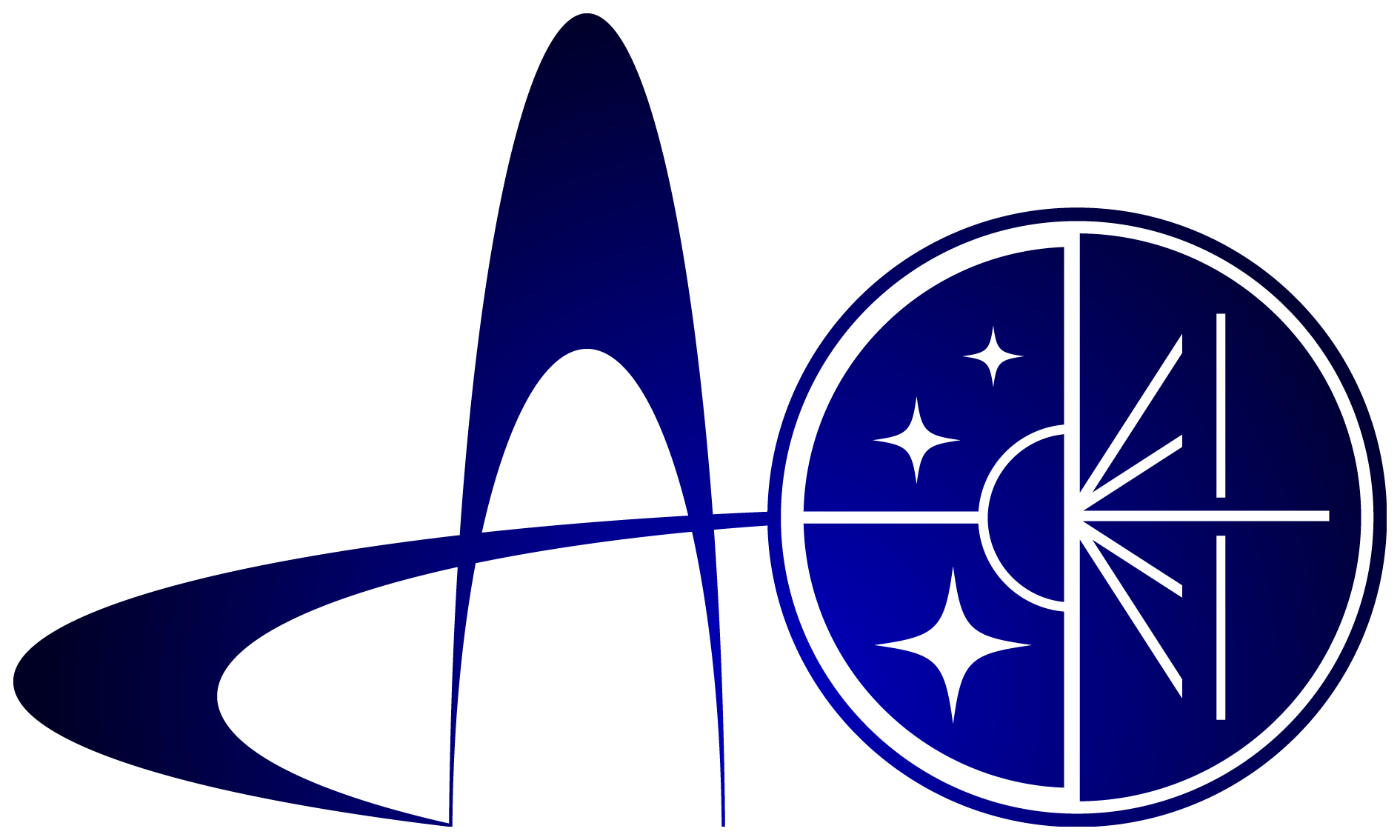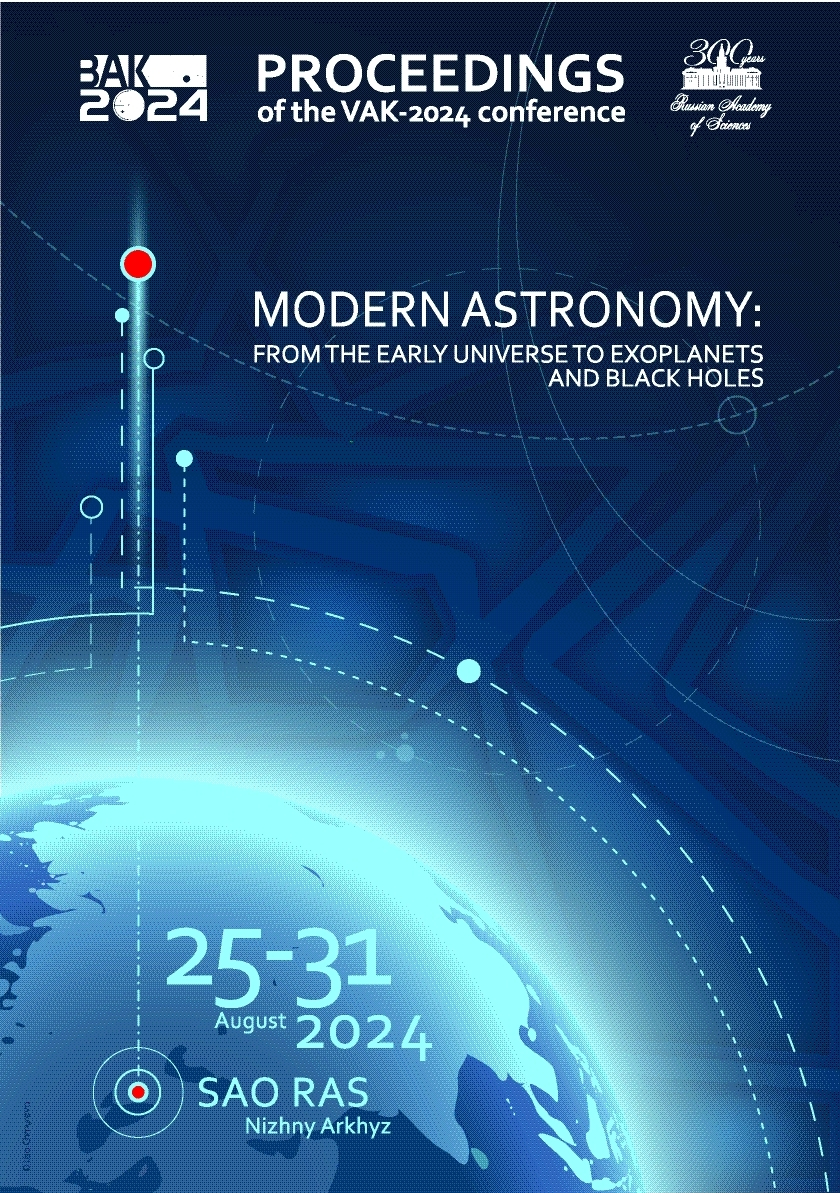UDC 53
UDC 520
UDC 521
UDC 523
UDC 524
UDC 52-1
UDC 52-6
CSCSTI 41.00
CSCSTI 29.35
CSCSTI 29.31
CSCSTI 29.33
CSCSTI 29.27
CSCSTI 29.05
Russian Classification of Professions by Education 03.06.01
Russian Classification of Professions by Education 03.05.01
Russian Classification of Professions by Education 03.04.03
Russian Library and Bibliographic Classification 2
Russian Library and Bibliographic Classification 223
Russian Trade and Bibliographic Classification 614
Russian Trade and Bibliographic Classification 6135
BISAC SCI004000 Astronomy
BISAC SCI005000 Physics / Astrophysics
We present the study of the He-weak star HD 188101. Using spectral observations obtained with the Main stellar spectrograph (MSS) and the Nasmyth echelle spectrograph (NES) mounted on the BTA SAO RAS and the data from the literature, we determined the fundamental parameters: $T_{\rm eff}=15600 \pm 400$ K, $\log g_{\rm spec} = 3.87 \pm 0.13$, $R = 2.1-3.1$ $R_{\odot}$, $M = 3.8-4.8$ $M_{\odot}$. Chemical abundances were determined by the synthetic spectrum method: under the LTE assumption for He, N, Ti, Fe and without LTE for C, O, Mg, Si. For Si and Fe, overabundance of about 0.6 dex relative to the solar abundance was found. The non-LTE calculations with the stellar Si abundance lead to consistent abundances from lines of Si II and Si III, while the difference between LTE abundances amounts to 0.8 dex.
stars: chemically peculiar, abundances, atmospheres, magnetic fields
1. Alexeeva S., Ryabchikova T., Mashonkina L., et al., 2018, Astrophysical Journal, 866, 2, id. 153
2. Alexeeva S., Ryabchikova T., Mashonkina L., 2021, Monthly Notices of the Royal Astronomical Society, 462, 1, p. 1123
3. Asplund M., Amarsi A., Grevesse N., 2021, Astronomy & Astrophysics, 653, id. A141
4. Butler K., 1984, Ph.D. Thesis, University of London
5. Castelli F. and Kurucz R.L., 2003, IAU by the Astronomical Society of the Pacific, 210, p. A20
6. Dotter A., 2016, Astrophysical Journal Supplement Series, 222, 1, id. 8
7. Gaia Collaboration, Brown A.G.A., Vallenari A., et al., 2021, Astronomy & Astrophysics, 649, id. A1
8. Giddings J.R., 1981, Ph.D. Thesis, University of London
9. Gontcharov G.A., 2017, Astronomy Letters, 43, 7, p. 472
10. Hümmerich S., Mikulášek Z., Paunzen E., et al., 2018, Astronomy & Astrophysics, 619, id. A98
11. Kochukhov O., 2018, Astrophysics Source Code Library, record ascl:1805.015
12. Lanz T. and Hubeny I., 2007, Astrophysical Journal Supplement Series, 169, 1, p. 83
13. van Leeuwen F., 2007, Astronomy & Astrophysics, 474, 2, p. 653
14. Mashonkina L., 2020, Monthly Notices of the Royal Astronomical Society, 493, 4, p. 6095
15. Michaud G., 1970, Astrophysical Journal, 160, p. 641
16. Piskunov N. and Valenti J.A., 2017, Astronomy & Astrophysics, 597, id. A16
17. Preston G.W., 1974, Annual Review of Astronomy and Astrophysics, 12, p. 257
18. Przybilla N., Nieva M.-F, Butler K., 2011, Journal of Physics Conference Series, 328, 1, id. 012015
19. Ryabchikova T., Piskunov N., Kurucz R.L., et al., 2015, Physica Scripta, 90, 5, id. 054005
20. Shulyak D., Tsymbal V., Ryabchikova T., et al., 2004, Astronomy & Astrophysics, 428, p. 993
21. Sitnova T.M., Mashonkina L.I., Ryabchikova T.A., 2004, Astronomy Letters, 39, 2, p. 126
22. Tsymbal V., Ryabchikova T., Sitnova T., 2019, ASP Conference Series, 518, p. 247
23. Valenti J. and Piskunov N., 1996, Astronomy and Astrophysics Supplement, 118, p. 595
24. Yakunin I., Semenko E., Romanyuk I., et al., 2023, Astrophysical Bulletin, 78, 2, p. 141





